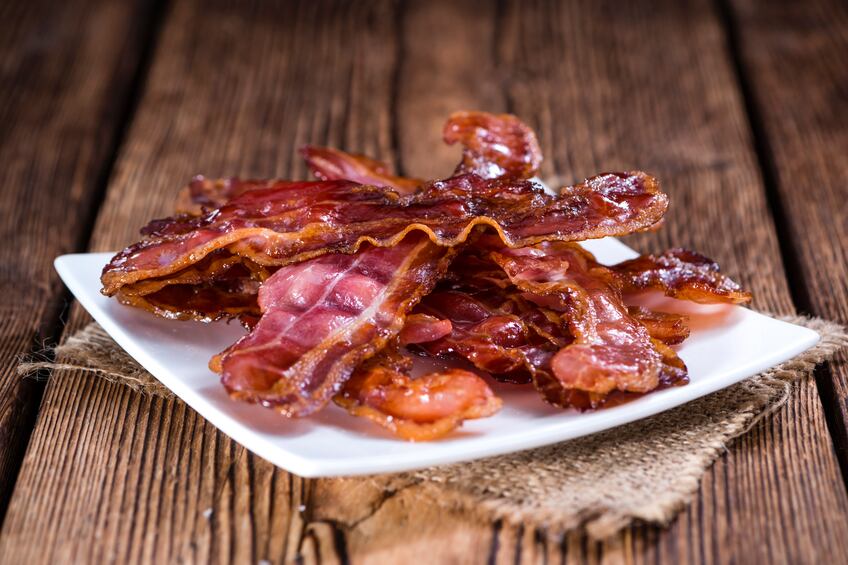The FSAI has been monitoring salt levels in Irish food since 2003 and its annual report, published last week, shows “significant reductions” across a variety of products in four processed food groups.
Sodium and potassium content was analysed using samples taken from 530 products, both branded and private label, from four processed food categories: processed meat, bread, breakfast cereal and spreadable fats. Reductions were seen across all four categories - 63% for cornflake-based breakfast cereals and 27% for bacon and 20% for brown bread.
Director of food science and standards at FSAI Dr Wayne Anderson said: “Overall we are satisfied with the latest salt reductions and this outlines Irish manufacturers’ commitment and positive contribution being made to tackle health issues."
Although the reduction levels for processed meat are smaller than other categories, meat is a bigger contributor to Irish salt intake, and so could have a bigger impact on public health, says the FSAI.
According to the National Adult Nutritional Survey, the main contributors to salt intake in the Irish population are meat and fish (30%), of which 18% comes from cured/processed meats, and bread (22%). Soups and sauces, milk and milk products and vegetables contribute 9%, 8% and 7% respectively.
Despite these positive developments, however, Irish adults are still consuming far too much salt. The World Health Organisation (WHO) advises no more than 5 g of salt per day yet the average Irish man consumes more than double this (11.1 g per day) while the estimated average daily intake for women is 8.5 g.
"Going into the future, the industry needs to pursue further research and development to achieve further reductions where possible,” added Anderson.
A closer look
The biggest reduction has been in breakfast cereals with cornflake-based products cutting salt by an average of 63%. This was followed by rice-based products which cut levels by almost half (48%) and bran-based cereals by 39%. Multigrain cereals managed a 38% average reduction.

‘Specialty’ bread manufacturers came out top for cutting salt levels, achieving a 42% reduction between 2003 and 2015.
The smallest reduction was for white bread which saw salt levels fall by 17% and potassium by 9% between 2003 and 2015.
The sodium content of brown bread increased when compared to 2013 but saw a 20% when compared to 2003 levels. Potassium content fell by nearly one fifth (19%) for the same period.
Manufacturers cut the sodium content of sausages by an average of 11% since 2004, with the range narrowing from 479 – 1656 mg of sodium per 100 g of product to 420 – 1110 mg across products sampled.
Sodium content for bacon rashers fell by 27% for the same period while sodium in cooked ham fell by 15% since 2004.
There was a 27% fall in the average sodium content of blended spreads, such as margarine, since 2007.
Label
The FSAI advises consumers to check the nutrition information on food labelling in order to gauge an idea of their salt intake.
“[We are] calling on consumers to read product labels, select low salt or salt free options when choosing products and to cut back on the high levels of salt added during cooking and at the table. If you are unsure about the level of salt you are consuming in any product please refer to the nutrition labelling Reference Intake (RI) which will give you the percentage of RI per portion of food,” said Anderson.
However this information may not always be accurate. A survey conducted earlier this year by Teagasc, the Irish body which provides research, advisory and training services to the food industry, found that salt levels may be up to 50% higher than the nutrition label suggests.
In addition to the significant role played by the salt content in processed foods, the FSAI drew attention to the fact that up to 20-30% of an individual’s salt intake can be through adding table top salt during a meal.
As part of the ongoing salt reduction programme, monitoring takes place with a two to five year interval between sampling in order to allow sufficient time for industry commitments on salt reduction to filter down into products available on the market.
The full report can be read here.
